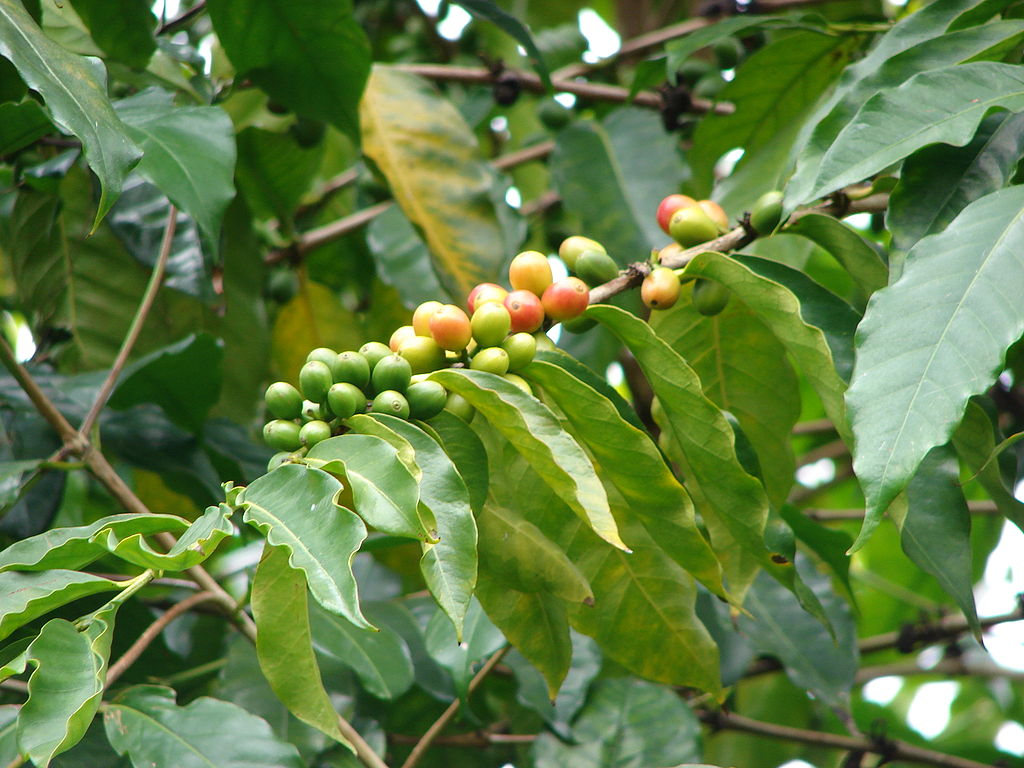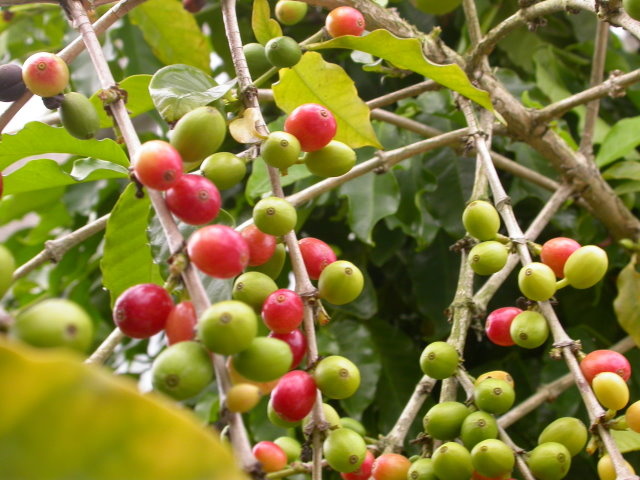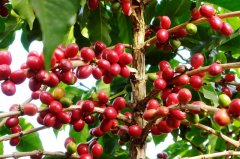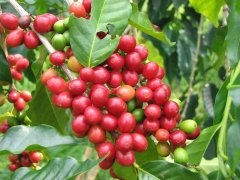How many independent coffee producing areas are there in Ethiopia besides Yega Xuefei?
For professional baristas, please follow the coffee workshop (Wechat official account cafe_style)
Ethiopia Natural Yirgacheffe Banko Gotitii G1
Ethiopian sun exposure to the classic blueberry aroma of G1 in the village of Jejafi Wokadintin.
Country: Ethiopia (Ethiopia)
Producing area: Yirgacheffe, Keble Worka
Producer: Alim Bukato, local small farmers
Treatment: sun treatment (African-style elevated scaffolding drying about 21 days)
Variety: Ethiopian native species (Heirloom)
Altitude: 1600-2300 m
Soil: dark and red clay

Flavor: full and strong fruit flavors such as strawberry, blueberry, peach, citrus and yellow lemon, with strong aromas of coffee flowers, the latter part is full of strawberry and peach wine, the overall flavor level is high and solid.
In recent years, the Ethiopian coffee that has been most expected by Taiwan's boutique coffee lovers is the sun-dried Yega Xuefei in the Waka area. At present, there are several common classifications in Ethiopia (1) the four major producing areas divided by ECX export regulations (2) are registered with the cooperatives of the YCFCU Ethiopian Farmers' Union (3) from independent processing plants, cooperatives, or small farmers' independent batches from the regional village Kebele. Woka is located in Gedeb, the southeastern Jietipu producing area of Yegashafi. In the early years, the area exported locally produced coffee beans under the name of Waka, or handed it over to the Waka Cooperative for processing. But in the past two or three years, independent and single sources have been excavated by coffee hunters all over the world, such as BankoGotitiBankoDadhato, Halo Bariti, and so on. Guodingding Village is the first village area that was independent a few years ago, and many self-employed small farmers were also members of the Waka Cooperative at the time, so the technology of producing coffee is not to mention. Most of them are treated in the traditional way of the sun. The whole ripe coffee cherry fruit is carefully selected during harvest and dried on a shelf of African friends for 2-3 weeks. The fermentation temperature is carefully controlled to ensure proper air circulation. It is also necessary to rely on experienced farmers to turn the cherry fruit regularly to avoid damage to the flavor of raw beans, and then remove the pulp and pods (sheep skin). Do not export until the moisture content is reduced to 11-12% in the warehouse.

Important Notice :
前街咖啡 FrontStreet Coffee has moved to new addredd:
FrontStreet Coffee Address: 315,Donghua East Road,GuangZhou
Tel:020 38364473
- Prev

Yega Sheffield Biloya Cooperative Red Cherry Project Coffee Bean flavor description
For the exchange of professional baristas, please follow the coffee workshop (Wechat official account cafe_style) Product name: washed Yega Sheffield Red Cherry Project Biloya producer: Biloya Co-op Co-operative (Biloya) producing area: Yega Sheffield Cochell Town (Kochere) altitude: 1700-2200m varieties: Ethiopian native species mixed production season: November 2016-March 2017
- Next

GERA Taste characteristics of Yejia Coffee beans introduction to the flavor of Ethiopian coffee producing areas
For the exchange of professional baristas, please follow the coffee workshop (Wechat official account cafe_style) country: Ethiopia (Ethiopia) producing area: Sidamo/Sidama (Guji) Shaqisuo micro-producing area (Shakisso) altitude: 1 minute 8
Related
- Detailed explanation of Jadeite planting Land in Panamanian Jadeite Manor introduction to the grading system of Jadeite competitive bidding, Red bid, Green bid and Rose Summer
- Story of Coffee planting in Brenka region of Costa Rica Stonehenge Manor anaerobic heavy honey treatment of flavor mouth
- What's on the barrel of Blue Mountain Coffee beans?
- Can American coffee also pull flowers? How to use hot American style to pull out a good-looking pattern?
- Can you make a cold extract with coffee beans? What is the right proportion for cold-extracted coffee formula?
- Indonesian PWN Gold Mandrine Coffee Origin Features Flavor How to Chong? Mandolin coffee is American.
- A brief introduction to the flavor characteristics of Brazilian yellow bourbon coffee beans
- What is the effect of different water quality on the flavor of cold-extracted coffee? What kind of water is best for brewing coffee?
- Why do you think of Rose Summer whenever you mention Panamanian coffee?
- Introduction to the characteristics of authentic blue mountain coffee bean producing areas? What is the CIB Coffee Authority in Jamaica?

